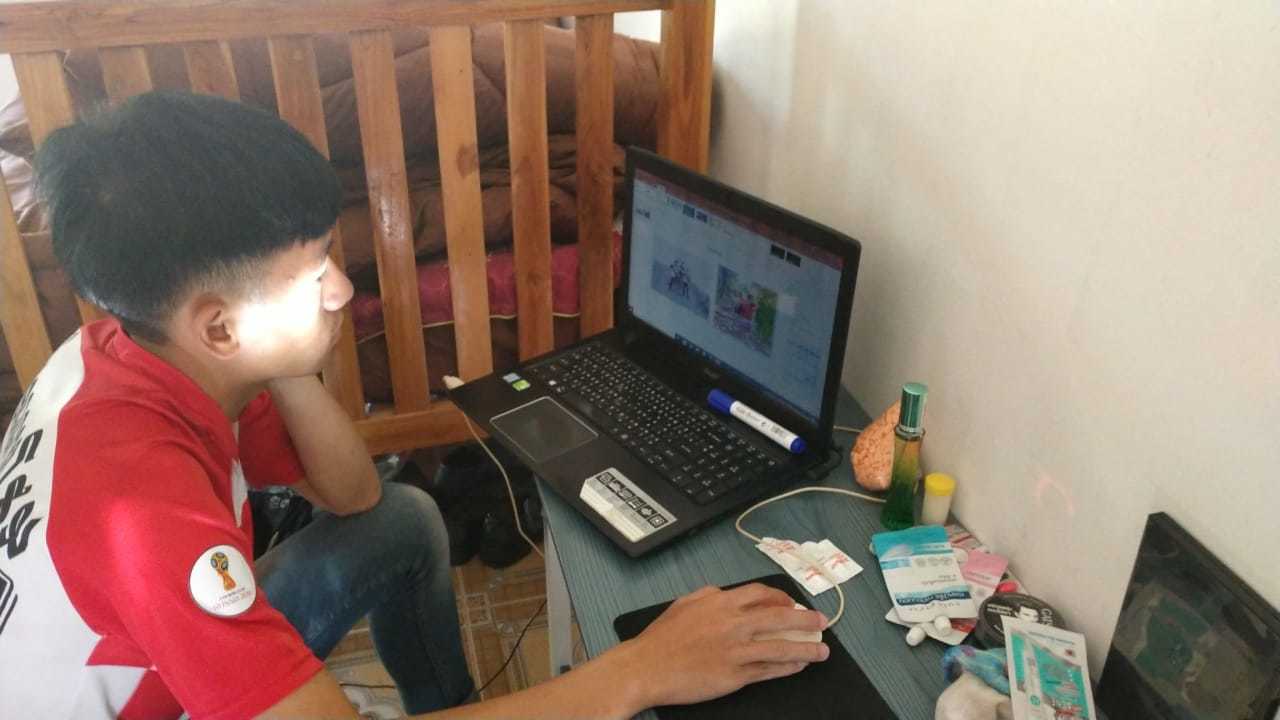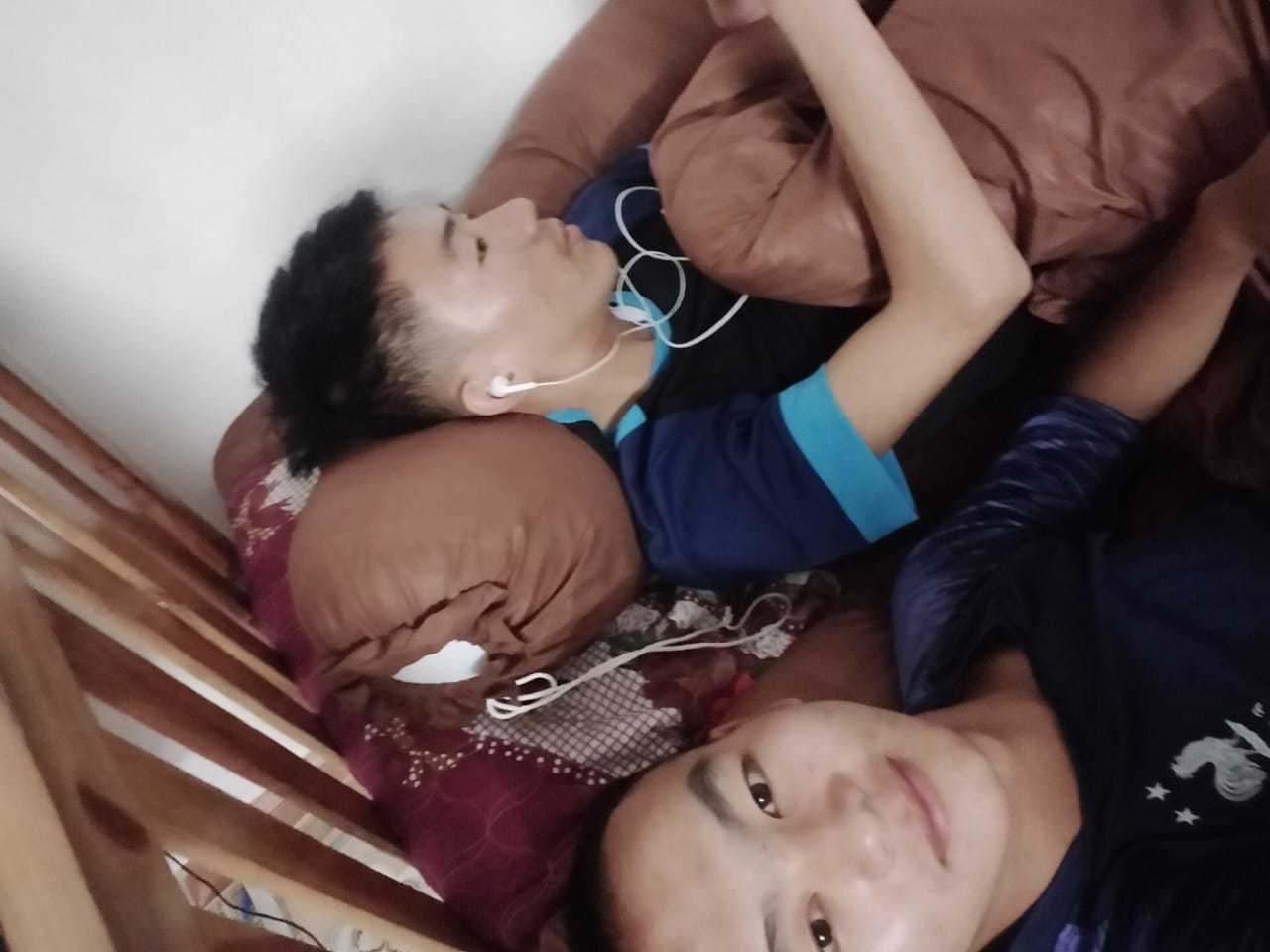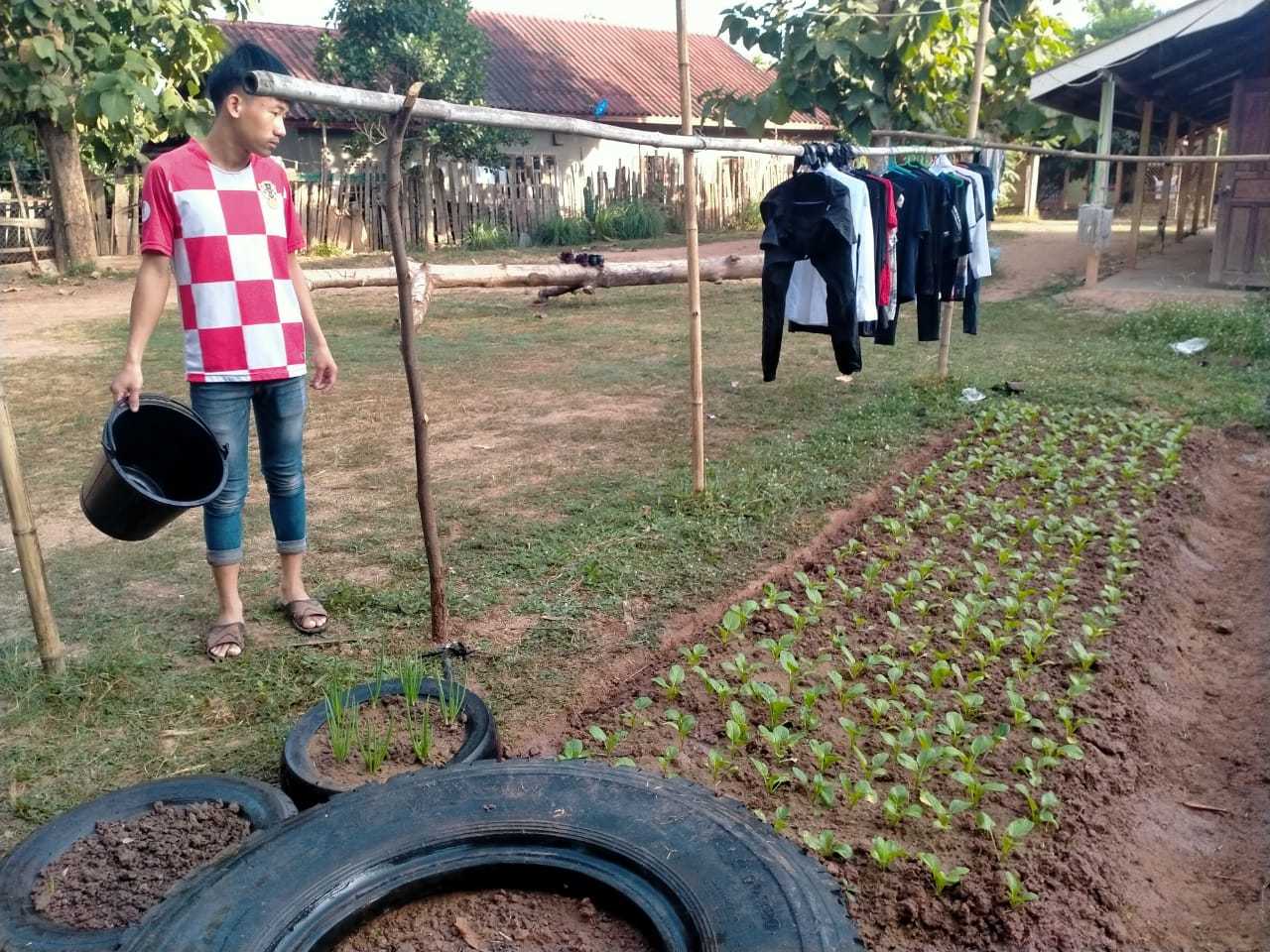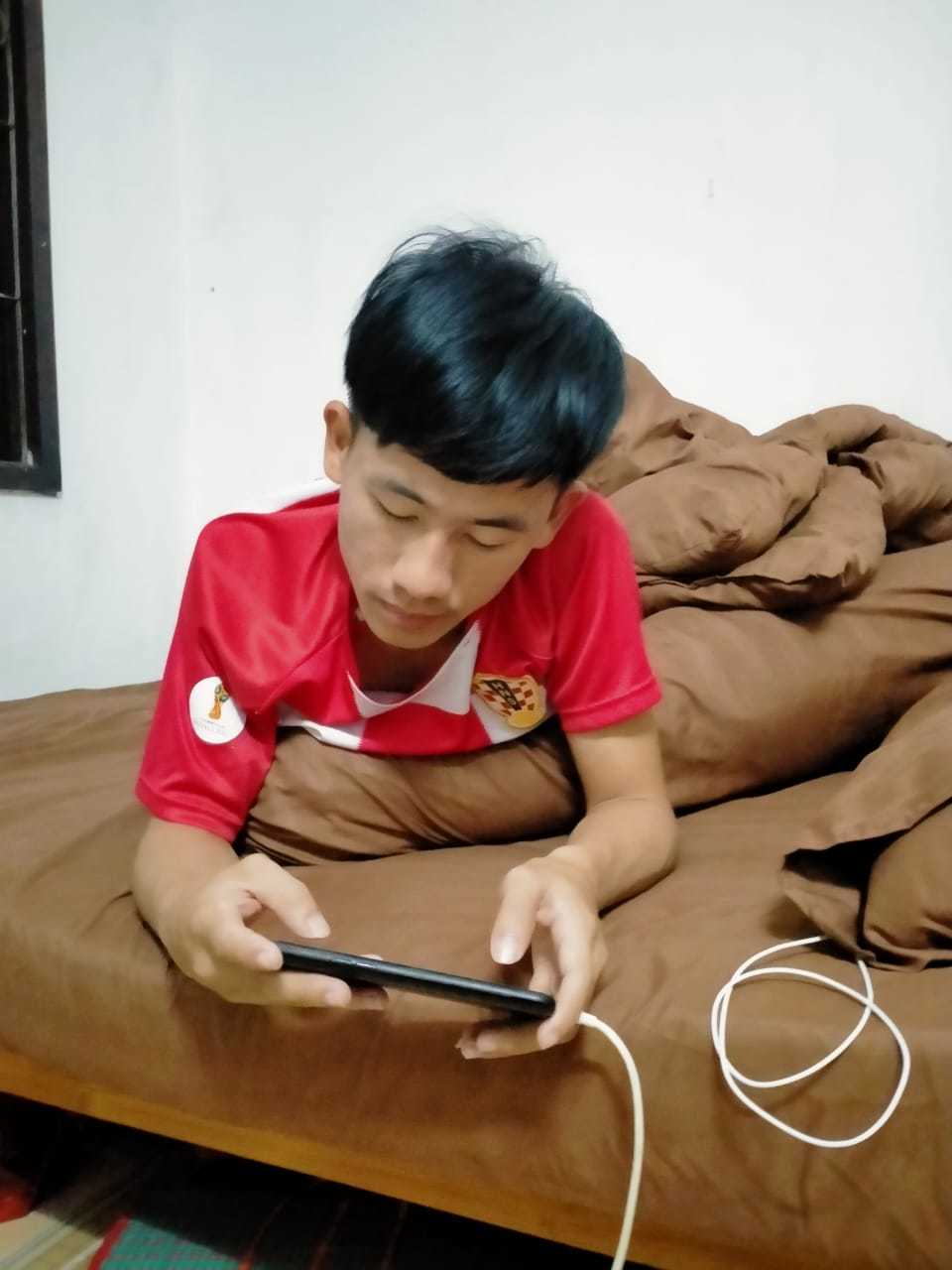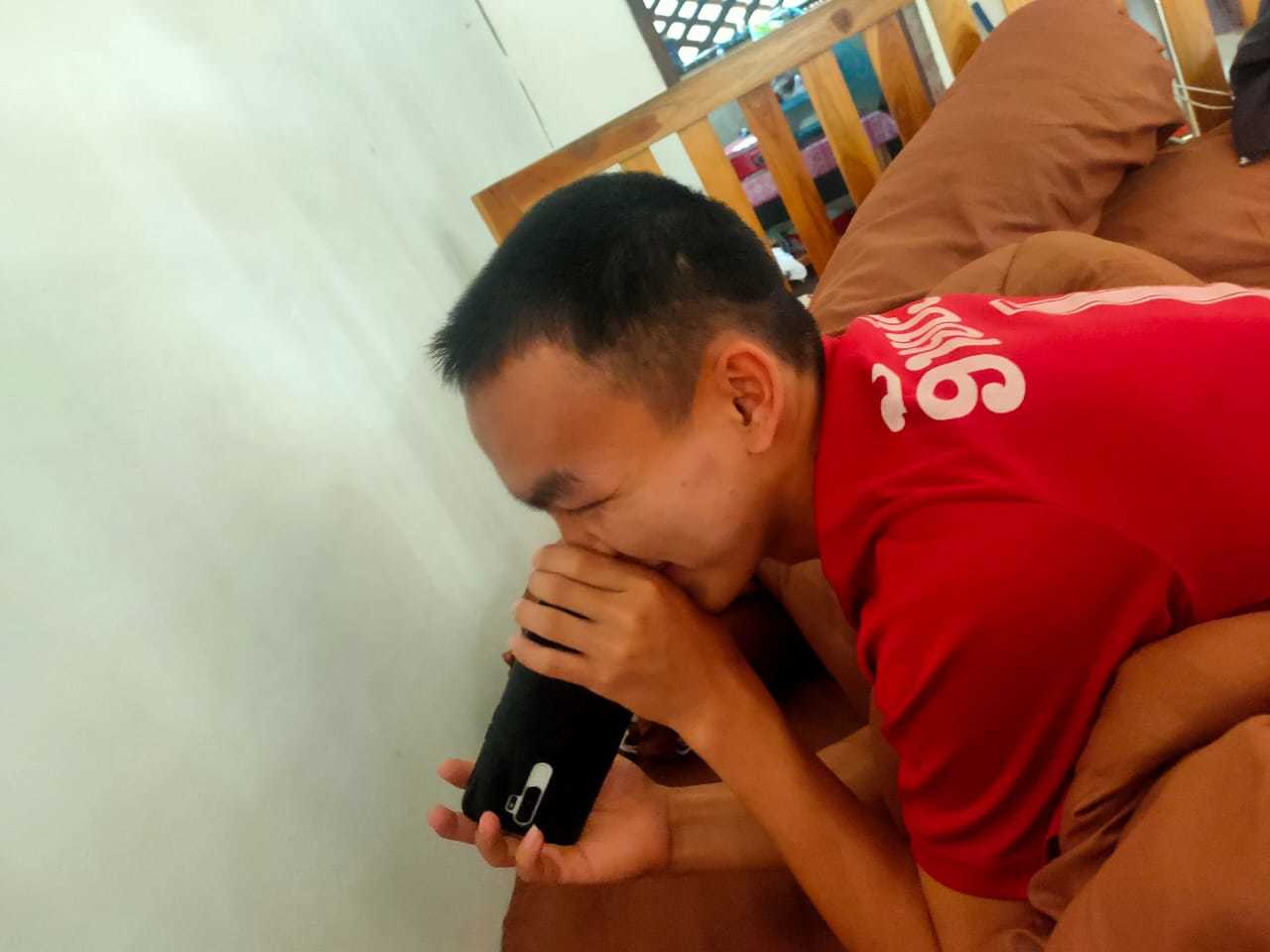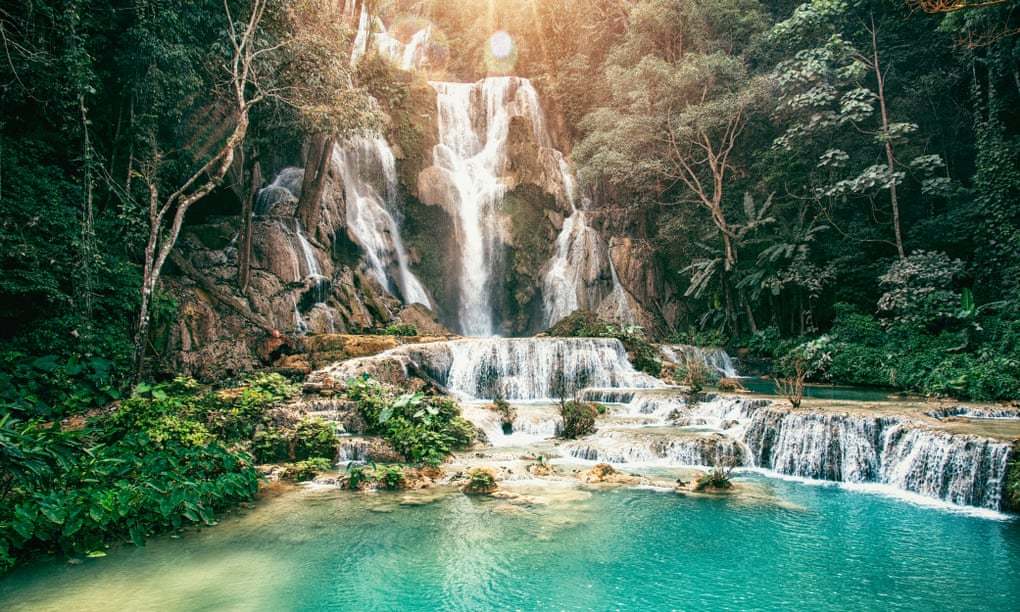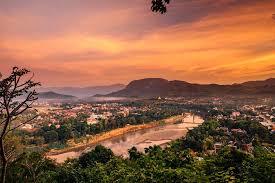About Luang Prabang
Luang Prabang, the ancient capital of Luang Prabang Province in northern Laos, lies in a valley at the confluence of the Mekong and Nam Khan rivers. Inhabited for thousands of years, it was the royal capital of the country until 1975. It’s known for its many Buddhist temples, including the gilded Wat Xieng Thong, dating to the 16th century, and Wat Mai, once the residence of the head of Laotian Buddhism.
Elevation: 305 m
Weather: 23°C, Wind S at 2 km/h, 98% Humidity
Local time: Thursday 05:36
UNESCO World Heritage Site inscription: 1995
Luang Prabang is an outstanding example of the fusion of traditional architecture and Lao urban structures with those built by the European colonial authorities in the 19th and 20th centuries. Its unique, remarkably well-preserved townscape illustrates a key stage in the blending of these two distinct cultural traditions.
Luang Prabang is located in northern Laos at the heart of a mountainous region. The town is built on a peninsula formed by the Mekong and the Nam Khan River. Mountain ranges (in particular the PhouThao and PhouNang mountains) encircle the city in lush greenery.
Many legends are associated with the creation of the city, including one that recounts that Buddha would have smiled when he rested there during his travels, prophesying that it would one day be the site of a rich and powerful city. Known as Muang Sua, then Xieng Thong, from the 14th to the 16th century the town became the capital of the powerful kingdom of Lane Xang (Kingdom of a Million Elephants), whose wealth and influence were related to its strategic location on the Silk Route. The city was also the centre of Buddhism in the region. Luang Prabang takes its name from a statue of Buddha, the Prabang, offered by Cambodia.
Luang Prabang is exceptional for both its rich architectural and artistic heritage that reflects the fusion of Lao traditional urban architecture with that of the colonial era. Its remarkably well-preserved townscape reflects the alliance of these two distinct cultural traditions.
The richness of Luang Prabang architecture reflects the mix of styles and materials. The majority of the buildings are, following tradition, wooden structures. Only the temples are in stone, whereas one- or two-storey brick houses characterize the colonial element of the town. The many pagodas or "Vat" in Luang Prabang, which are among the most sophisticated Buddhist temples in Southeast Asia, are richly decorated (sculptures, engravings, paintings, gilding and furniture pieces). Wat Xieng Thong, which dates from the 16th century, comprises an ensemble of the most complex structures of all the pagodas of the town. It is remarkable both from the archaeological point of view, and from the Lao iconographic and aesthetic viewpoint.Many traditional Lao houses remain; they are built of wood using traditional techniques and materials introduced in the colonial period, such as plaited bamboo panels coated with wattle and daub. Brick colonial buildings, often with balconies and other decorative features in wood, line the main street and the Mekong.
The built heritage of Luang Prabang is in perfect harmony in the natural environment. The sacred Mount Phousi stands at the heart of the historic town built on a peninsula delimited by the Mekong and the Nam Khan, domain of the mythical naga. Ceremonies to appease the nagas and other evil spirits, and Buddhist religious practices (Prabang procession, the monks’ morning quest) perpetuate the sanctity of the place. Natural spaces located in the heart of the city and along the riverbanks, and wetlands (a complex network of ponds used for fish farming and vegetable growing) complement this preserved natural environment.Luang Prabang means “city of the Golden Buddha Phra Bang”, a 83cm statue of which is believed to be the source of the city’s protection since the 14th century. On his marriage to a Khmer princess, warrior Fa Ngum was given the diminutive statue by his father-in-law, the King of Angkor, and it has since bounced back and forth between Bangkok and Luang Prabang in wars with Siam (now Thailand). Since 2013, however, it has sheltered in the golden Haw Pha Bang in the grounds of the Royal Palace.
A sacred ritual: the giving of alms. There are some 35 wats in town and every morning the saffron-robed monks walk through the centre, collecting rice for their day’s food.

